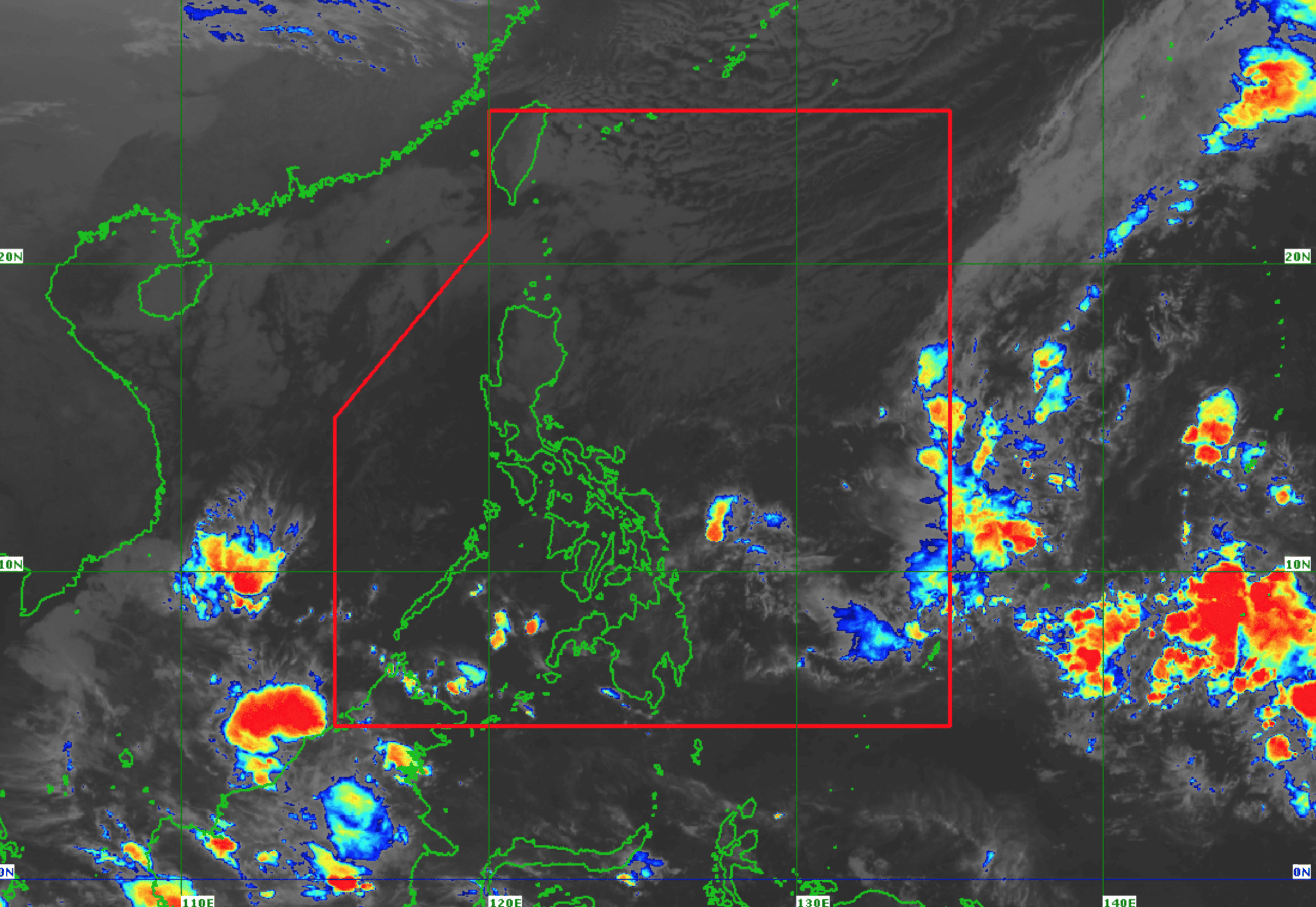
Parts of Luzon can expect cloudy skies and rain on Tuesday, January 7, 2025, due to the effects of the northeast monsoon and a shear line, according to the Philippine Atmospheric, Geophysical, and Astronomical Services Administration (Pagasa). Weather satellite image from Pagasa
MANILA, Philippines — Parts of Luzon could expect cloudy skies and rain on Tuesday due to the effects of the northeast monsoon and a shear line.
According to the Philippine Atmospheric, Geophysical, and Astronomical Services Administration (Pagasa), the northeast monsoon, locally termed amihan, influences atmospheric conditions in Metro Manila and Northern Luzon as the shear line affects the eastern section of Southern Luzon.
In an early morning weathercast, Pagasa specialist Rhea Torres said that Cagayan Valley, the Cordillera Administrative Region, and Aurora province could anticipate overcast skies and light to moderate rains due to the northeast monsoon.
The same weather system is seen to cause partly cloudy to cloudy skies with isolated light rains in Metro Manila, Ilocos Region, and the rest of Central Luzon, she added.
READ: Pagasa: PH may expect zero or one tropical cyclone in January
Quezon province may experience overcast skies with scattered rain showers and isolated thunderstorms on Tuesday because of the shear line, or the convergence of warm easterlies and cold northeast monsoon, Torres also said.
As for the rest of the country, Torres noted that partly cloudy to cloudy skies with isolated rain showers or thunderstorms may be experienced due to localized thunderstorms.
READ: Pagasa predicts rainy Monday due to 4 weather systems
Pagasa said no low-pressure area is being monitored inside and outside the Philippine area of responsibility as of Tuesday.
However, it raised a gale warning over the northern seaboard of Northern Luzon, specifically the coasts of Batanes, Babuyan Islands, and the northern coast of Ilocos Norte, due to the northeast monsoon.
Based on a Pagasa bulletin, waves as high as 2.8 to 4.5 meters may occur in the seaboard of these areas.